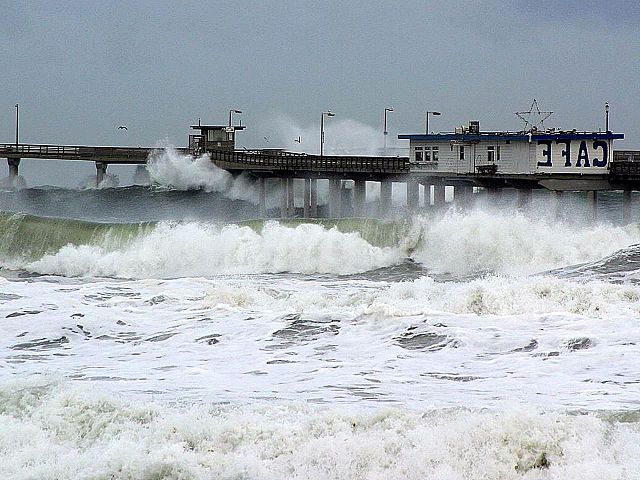
Climate experts are warning of a possible El Niño phenomenon later this year. El Niño is a warming of the Pacific Ocean that can cause extreme weather events worldwide. Some models suggest a “super El Niño” with very high temperatures in the central equatorial Pacific.
The El Niño of 2016
The last extreme El Niño in 2016 contributed to global warming, causing record-breaking temperatures and leading to floods, droughts, and outbreaks of disease.
Australia’s Bureau of Meteorology has indicated that all seven models it surveyed – from weather agencies in the UK, Japan, and the US – forecast that sea surface temperatures will cross the El Niño threshold by August. However, the bureau cautioned that predictions are less reliable during the southern hemisphere’s autumn, and the outlook should be approached with caution.
According to the bureau, there is a 50% chance of an El Niño occurring by the end of the year. During an El Nino, sea surface temperatures rise by at least 0.8C above the long-term average in a region of the central equatorial Pacific. In an extreme El Niño, temperatures in this area can rise by up to 2C above average.
Temperature Extremes
Some forecasts indicate that temperatures could reach extreme levels by October, but experts have advised caution regarding the results.
Dr. Mike McPhaden, a senior scientist at the US National Oceanic and Atmospheric Administration, stated that historically, El Ninos have occurred roughly every four years. He added that significant El Niños occur every 10 to 15 years, making it “highly unusual” to have another major event so soon after the 2015-2016 El Niño.
He further said, “We’re due one. However, the magnitude of the predicted El Niños shows a very large spread, everything from blockbuster to wimp.”
Catherine Ganter, a climatologist at the Australian Bureau of Meteorology, noted that it can be difficult to make accurate predictions at this time of year. However, she said that international climate models have shown consistency in predicting warming towards El Niño levels.
The bureau is also monitoring temperatures in the Indian Ocean, where there is a slightly increased risk of dry conditions that can exacerbate the effects of El Niño in southeastern and central Australia.
Every time a new prediction comes out, the future later this year looks even hotter. The model mean is now a super El Niño (over 1.5°C) by September — and still rising.
Here is the latest summary of models from the Australian Bureau of Meteorology: pic.twitter.com/6TyVz2r3J1
— Prof. Eliot Jacobson (@EliotJacobson) April 12, 2023
Ganter clarified that the strength of an El Nino does not always correlate with the severity of its impacts on Australia. She said: “During El Niño, you tend to see decreased rainfall across eastern Australia during winter and spring and we also see above-average daytime temperatures across the southern two-thirds of the country.”
Increase in El Niño Events Worldwide
Research has shown that as global warming continues, the likelihood of extreme El Niño events increases. In Australia, El Nino occurrences raise the risk of droughts, heatwaves, and bushfires in the eastern part of the country. They also increase the likelihood of coral bleaching in the Great Barrier Reef.
On a global scale, past El Niño events have caused global average temperatures to reach record highs and have been associated with floods and landslides in Central America, droughts in South America, and delayed or failed monsoons in India.
The strongest El Niño of the current century, which occurred between 2015 and 2016, was linked to outbreaks of diseases such as cholera and dengue fever worldwide.
See all the latest news from Greece and the world at Greekreporter.com. Contact our newsroom to report an update or send your story, photos and videos. Follow GR on Google News and subscribe here to our daily email!



